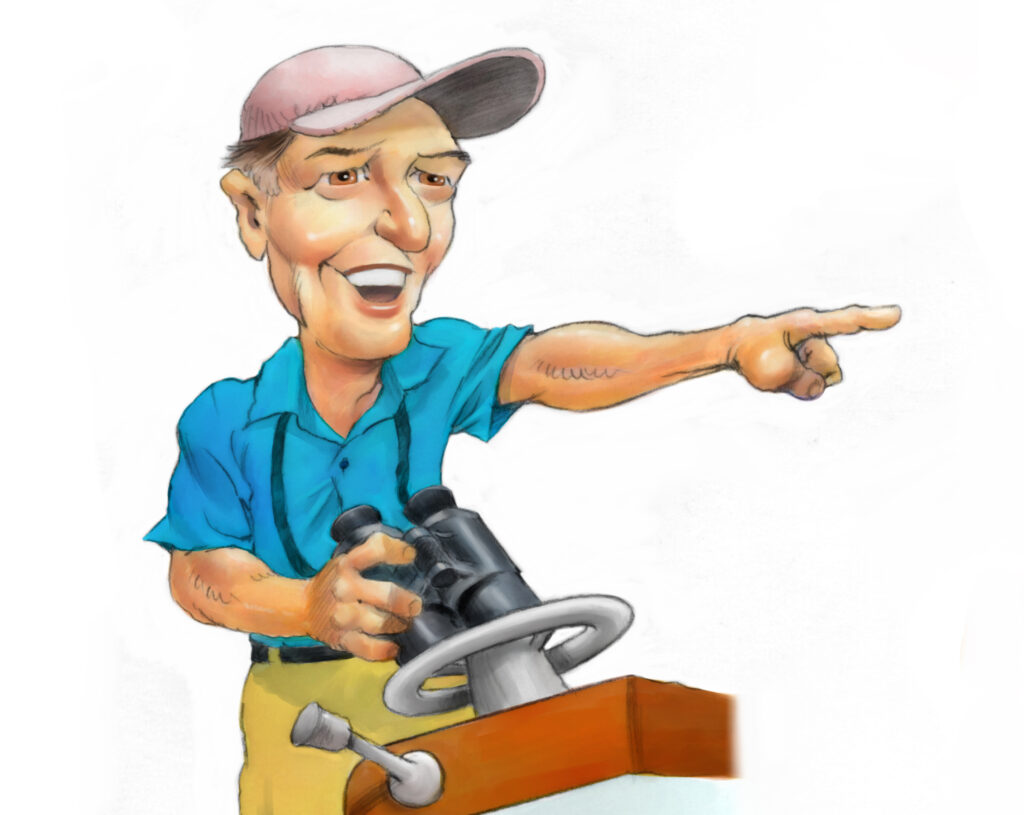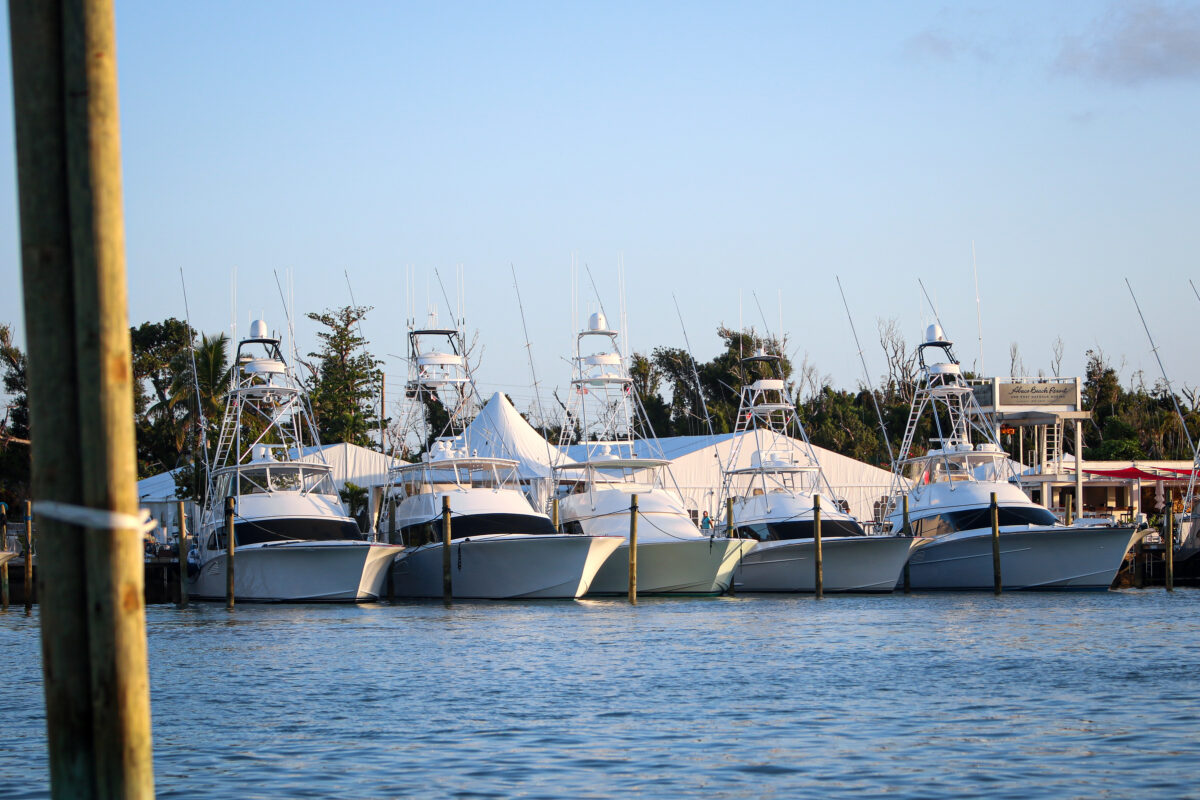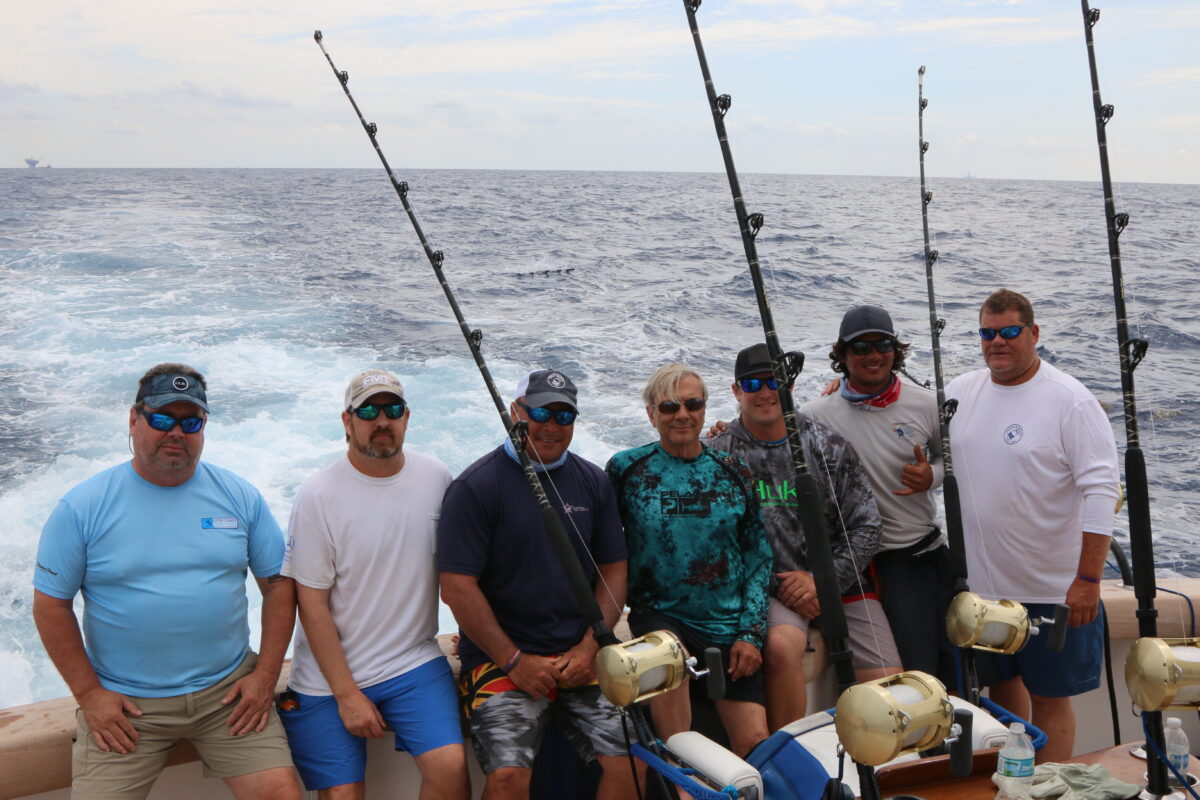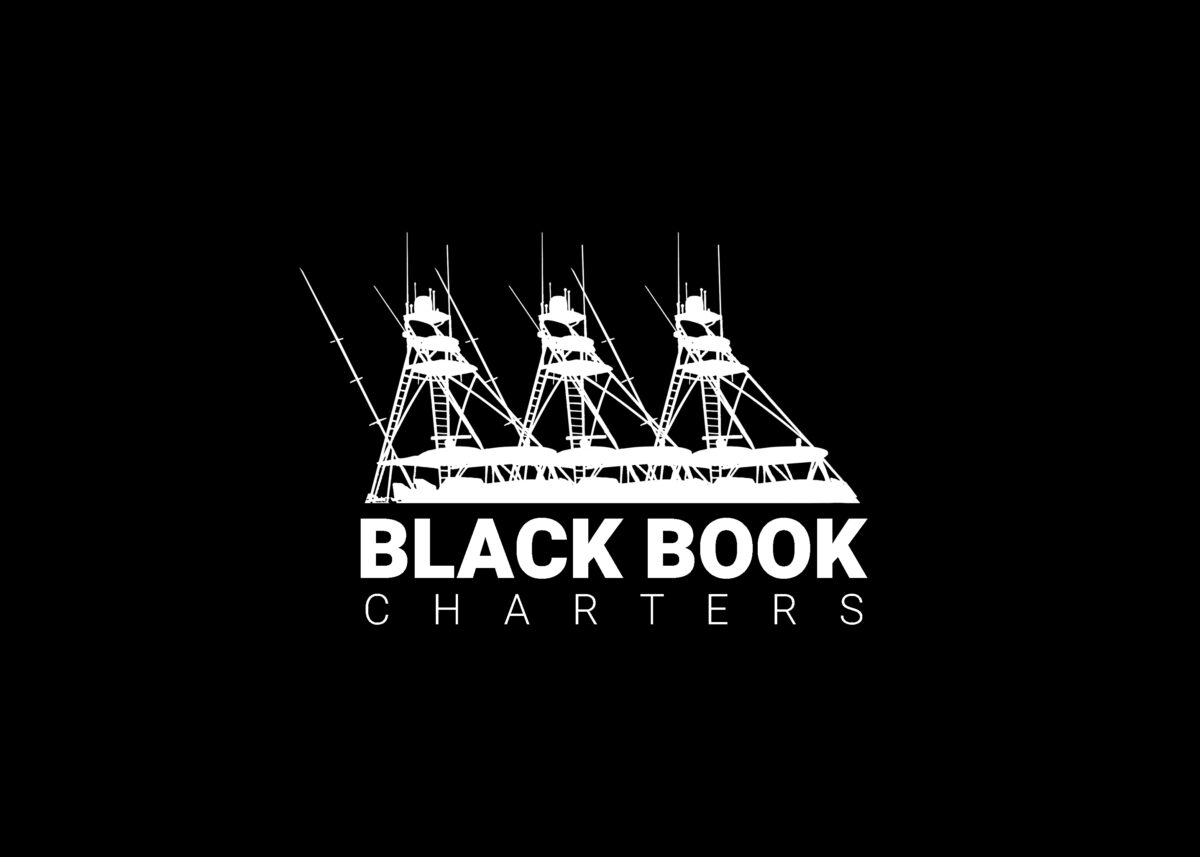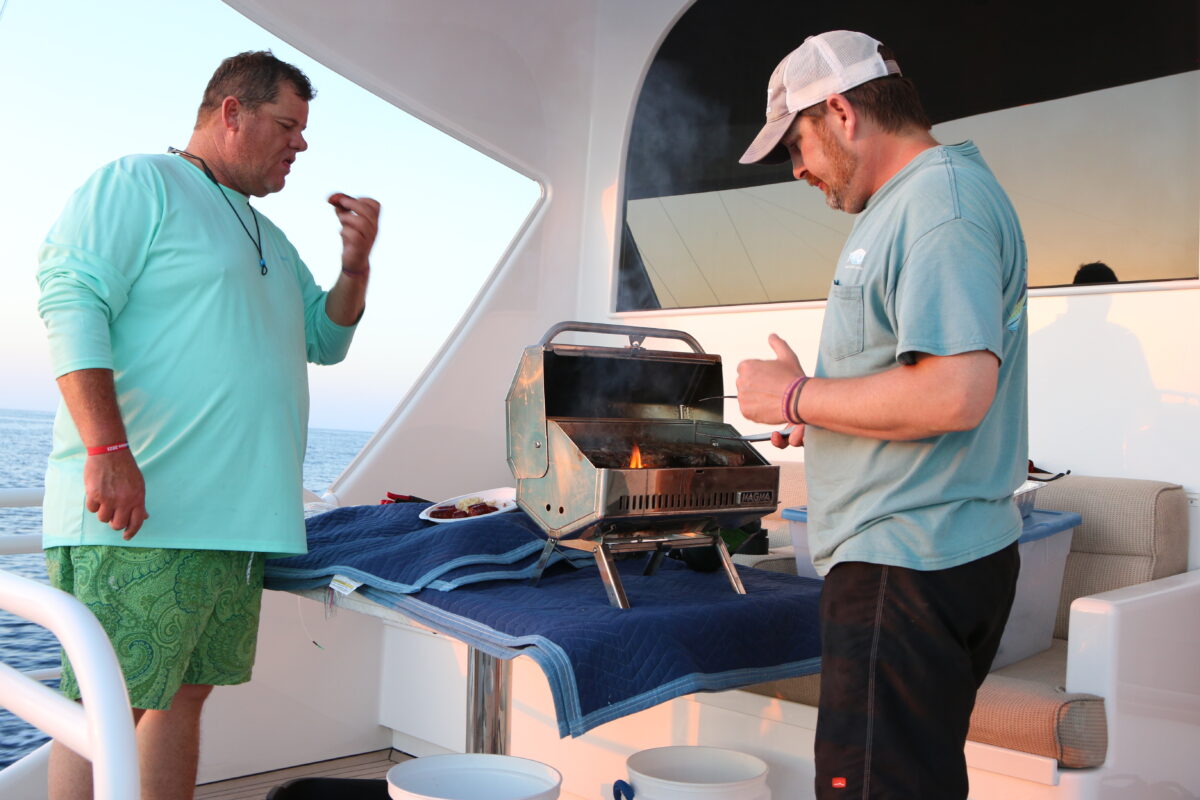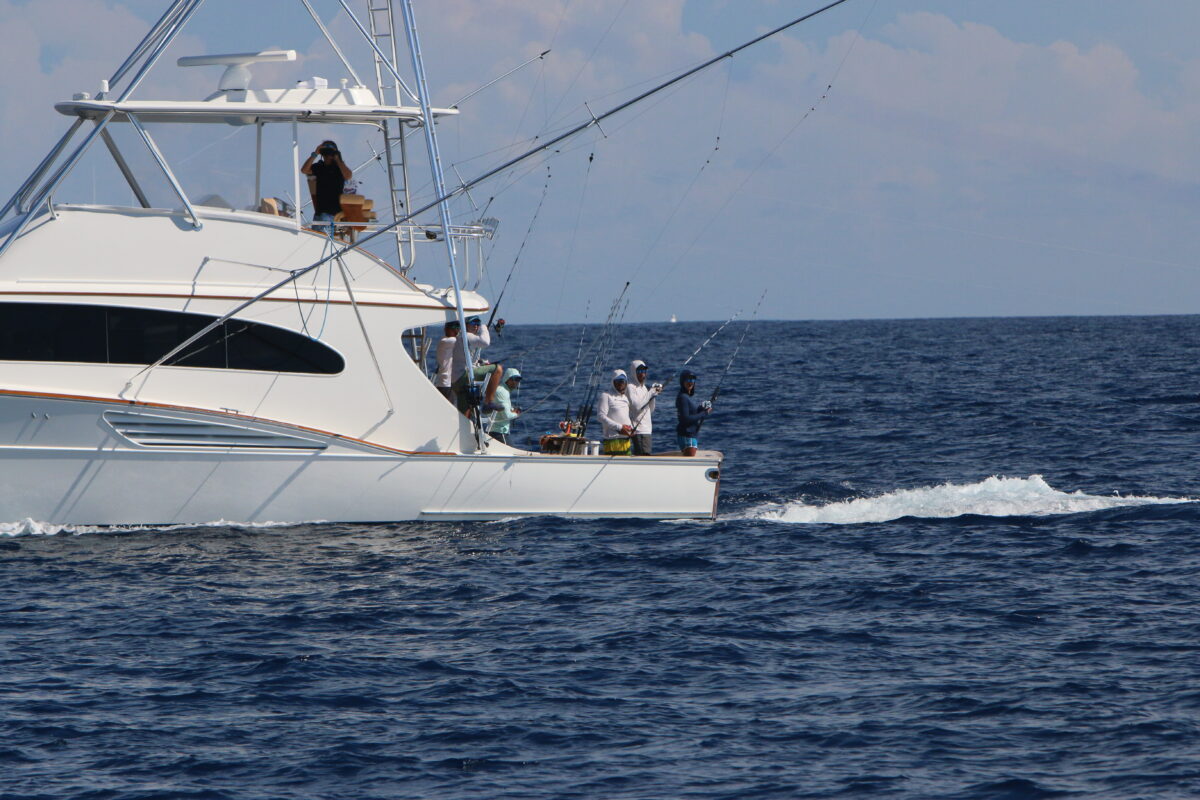Table of Contents
Whatever your situation, if you are considering getting into charter fishing, you should know that there is a sobering business side to this world. Joining these ranks means putting aside all the showmanship and swagger and understanding the directives that must be adhered to in order to see a measure, and hopefully more, of success.
“It takes so much more than having a boat, going to a class and getting a license,” says Capt. Frank Crescitelli, whose Blue Wave 24 Finchaser—a Contender is in the works but as of this writing is still some 12 months out—covers the local waters of Staten Island, NY, to Raritan Bay and Long Beach Island, NJ, with forays into New York Harbor for the seasonal striper action as well. “If you’re going to approach this as a real business, as a real professional, everything you do must reflect that position. And nowhere does that hold more importance than in your finances.”
Budgeting Your Boat
The business formula is quite easy to follow; implementing it for a positive cash flow is a bit more complex. Take your fixed monthly overhead and multiply that by 12 months, as the bank and your other expenses due couldn’t care less about holidays, weather, breakdowns, and those what-if/uh-oh/now-why-didn’t-I-see-that-coming times.
That number will reflect your annual operating expenses that you can now break down to a weekly, then monthly, basis. This is the aptly named “nut” you will have to equal to break even and then surpass for your profit. As far as what you will be charging for your day or half day out, it’s up to what the freight will bear for your operation. Do your homework and check out what the more productive boats are getting. A word of advice—whether novice or seasoned, don’t undercut just to be out of the dock. It’s a good way to get a bad rep from your dockmates.
Use this example: You’ve worked out your fixed monthly overhead to be $12,000, which translates to a $144,000 annual overhead. Your season runs approximately 200 days, and with all the downtime contingencies accounted for, you are getting $1,500/day for your charter. If you book 150 days out of that 200, you will gross $225,000, netting you $81,000 after expenses. You should also be putting away approximately 10 percent for those what-ifs.
While these numbers are for illustrative purposes only and will vary from fishery to fishery, location to location, and boat to boat, the formula will hold true for any business model, whether you run an inshore, flats-fishing operation or head offshore with big tackle.
Getting the Clients To Come
Once you have your overhead expenses in focus, you now must build a client base. It’s something that everyone who has had some measure of success agrees on. “It really doesn’t matter what you are fishing for but more in what you bring to the activity,” Crescitelli says. “That includes your boat, your equipment, your knowledge and what happens when your charter leaves after a day out with you. It’s all relative and it all has a price, especially these days. Just have a look at the price of a boat. You want a 30-foot center console? Get ready for a $250,000-plus tag. And a rigged sportfish? How can you possibly recoup that investment?”
With his approximately nine-month season—specializing in light tackle and, hopefully, at least one flyfishing person while building in weather days and holidays and allowing for repair time as well—if Crescitelli and Finchaser can do 100 trips, the operation has reached a high point for that season, easily surpassing his break-even. “In past years I was able to be out 150-160 times on a six-day schedule, targeting the Wall Street and real estate people.”
Crescitelli saw his business model as an undisturbed target market with the clients using his service for a different kind of diversion. “I like to send out a questionnaire to my people during the booking process: How do you want to fish? Any VIPs, kids? And so on,” he adds. “You have to know where your people are coming from because it goes beyond just filling the coolers.”
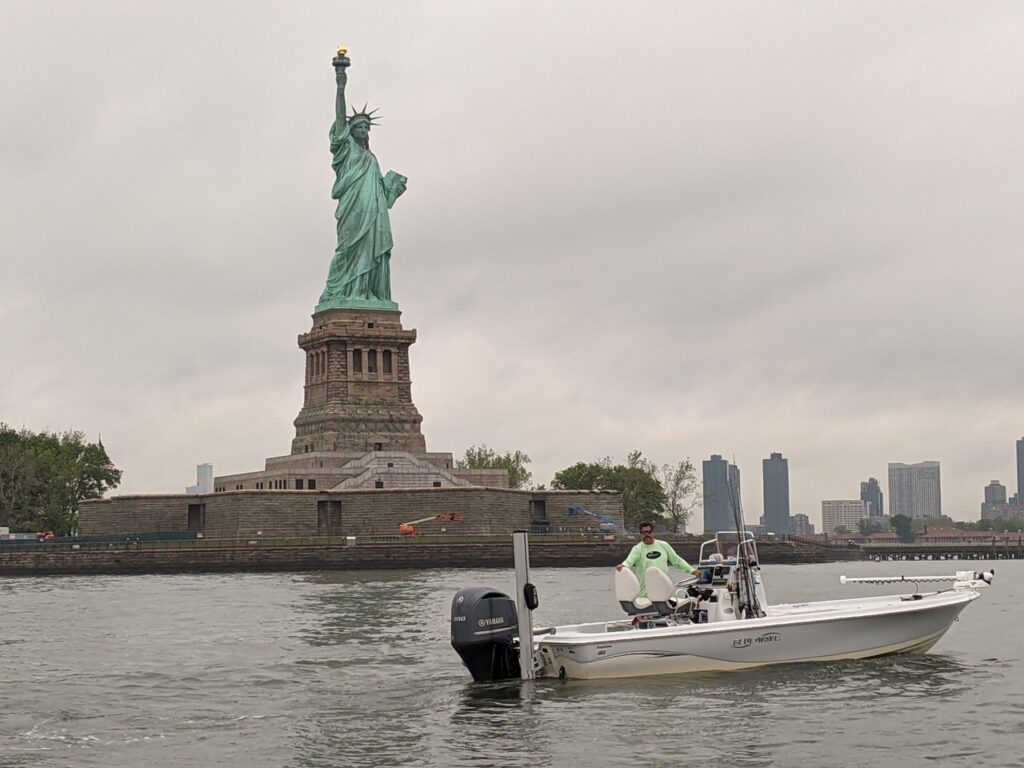
The Entertainment Industry
At the Oregon Inlet Fishing Center of North Carolina’s Outer Banks, known for rich and active fishing, we caught up with Capt. Billy Maxwell and his 57-foot custom Buddy Cannady-built Tuna Fever.
“You need time on somebody else’s floor or running someone else’s boat to know if you have what it takes,” Maxwell counsels. “We are in the entertainment business, and if you aren’t ready to do that each and every time you go out, you might want to consider using your boat for personal enjoyment.”
Capt. Billy emphasizes how important repeat business is and, as many others echo, not from the online sites. “That kind of booking is usually a one-timer visitor to the area, and most likely not experienced. You have to build from the bottom up,” he says. “And that might take some time. Somebody going into the biz now? All I can say is I’ve been doing it for 34 years, and I have not worked a day in my life. You need a good attitude to make it extremely satisfying. For me, it never gets old.”
Maxwell fishes April through November, taking off during the colder months for other business. “When you first start out, you want to make sure you have as little owed out as possible personally, and that means not getting someone to back you. You don’t need that kind of overhead.”
Capt. Billy’s Experience
Capt. Billy spent his first year doing inshore fishing on a 24-footer and after getting beat up on the water, decided to go bigger. After a series of boats, he was finally able to build the Cannady and get his dock at the Oregon Fishing Center. He now averages some 140-150 days. “Anybody who fishes out of here gets the same rate for their charter, that being $2,200 per day, no matter what kind of boat you have. Makes it a lot easier to figure your fixed costs and get a handle on your break-even,” he remarks. “In my opinion, and with my business profile, 40 booked trips must be on the books by the time you are ready to start the season, and 80 is the goal.”
With his seasonal business, he feels it is important to choose a reputable marina and to be aware that you are not just fishing with other people’s money. “That kind of attitude will not allow you to grow your repeat business.”

As far as expenses are concerned, fuel burn is a key component of your overhead. “Efficiency and reliability are very important, and you need to always be aware of GPH and how far you need to run roundtrip,” he says. “From Oregon Inlet, north, south and east, I might cover some 135 miles per day.” Again, heed the point of the importance of preventive maintenance as well. A day down is a day lost. It is a financial mainstay of your operation.
Expenses, Expenses, Expenses
Coupled with my 10-year experience running my own six-pack, everyone agrees that if you have made the decision to run your boat as a sustainable business, and hopefully as a profitable one, way before you leave the dock on your first booking, be prepared to lay out some serious money.
That initial expenditure includes your boat, whatever your monthly loan is—good for you if you can buy it outright—your dockage, which can often fluctuate with size whether seasonal or year-round, insurance, fuel, gear, including tackle, lures and other equipment, bait, ice, soda and water, wages for your deck mate if you are not a one-person show, contingency funds for down days, breakdowns, haul, block, and launch, mechanic fees, seasonal storage, maintenance, including lube and transmission oils, cleaning supplies, filters, engine overhauls and, perish the thought, a possible replacement as you will be piling on hours like never before, necessary spare parts, and any upgrades, including electronics, you might have on your wishlist, along with a host of other unforeseen expenditures waiting for the opportune time to show themselves. And if you are running multiple engines, well, do the math.
So Why Bother?
“I do it because I love it,” says Capt. John Oughton, owner of the That’s Right, a 50- foot Crisfield, MD, Evans-built boat with a single Cummins diesel and a COI for 23 passengers.
Capt. John is a 40-plus-year veteran of charter fishing who started rod and reeling when he was twelve years old. He runs a dual location business out of Bud N’ Mary’s in Islamorada in the winter and up in Ocean City, Maryland during June, July and August. “It takes a lot of patience, and perhaps even more, to successfully run this kind of business. For me, it is always, and I mean always, taking care of the people who fish with me.”
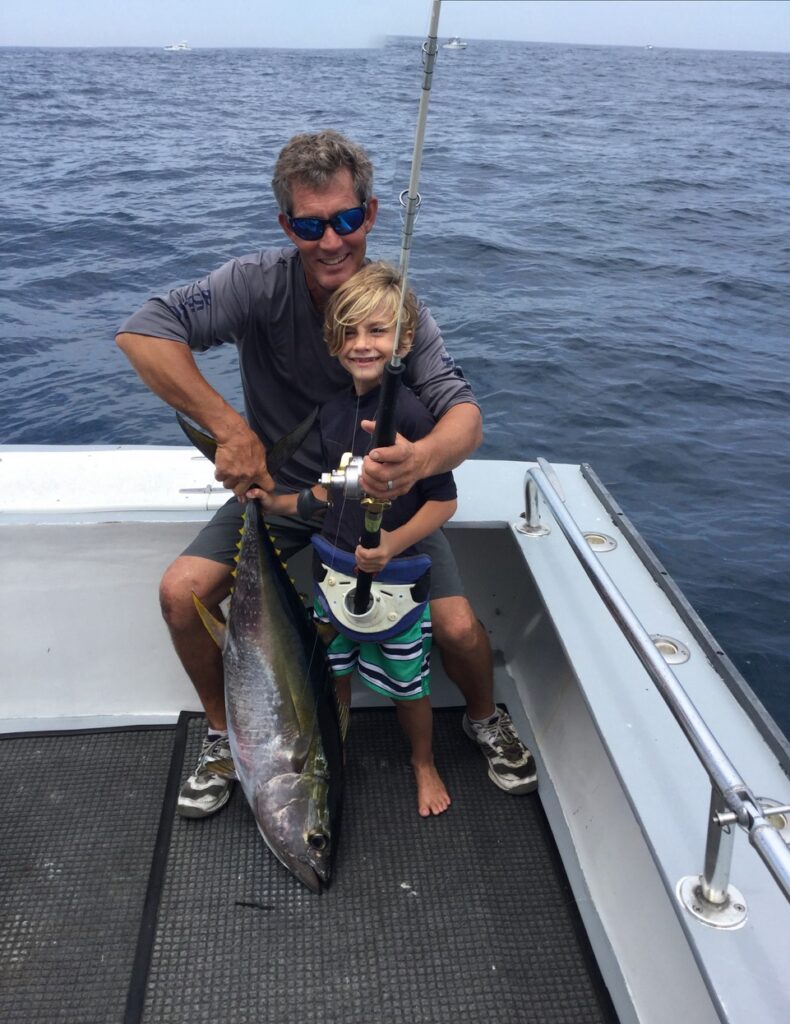
That’s Right does a robust business in both locations and relies heavily on the repeat/referral/word-of-mouth model. As with any business, but especially with the business of charter fishing, making sure you cover your break-even is paramount to turning a profit.
“Not everyone can do this; some think they can, but the true winners are [those] like me who rely on reputation. Also, basically operating in two areas year-round does add on additional expenses, including getting my boat there and back as well as maintenance.”
Paying the Price
Taking into consideration the fixed overhead expenses to a fishery, it takes careful monitoring over what goes out and what comes in for each business model, regardless of geographical location and length of season with regard to the cost of the operation, especially with multiple boats. And while the sage advice of Sir Izaak Walton from “The Complete Angler” continues to ring true—“I have laid aside business, and gone a’fishing”—for those of us who want to offset the costs of running our boats, and even make a buck, let’s not forget that our combined and irresistible terminal wanderlust does have a price.
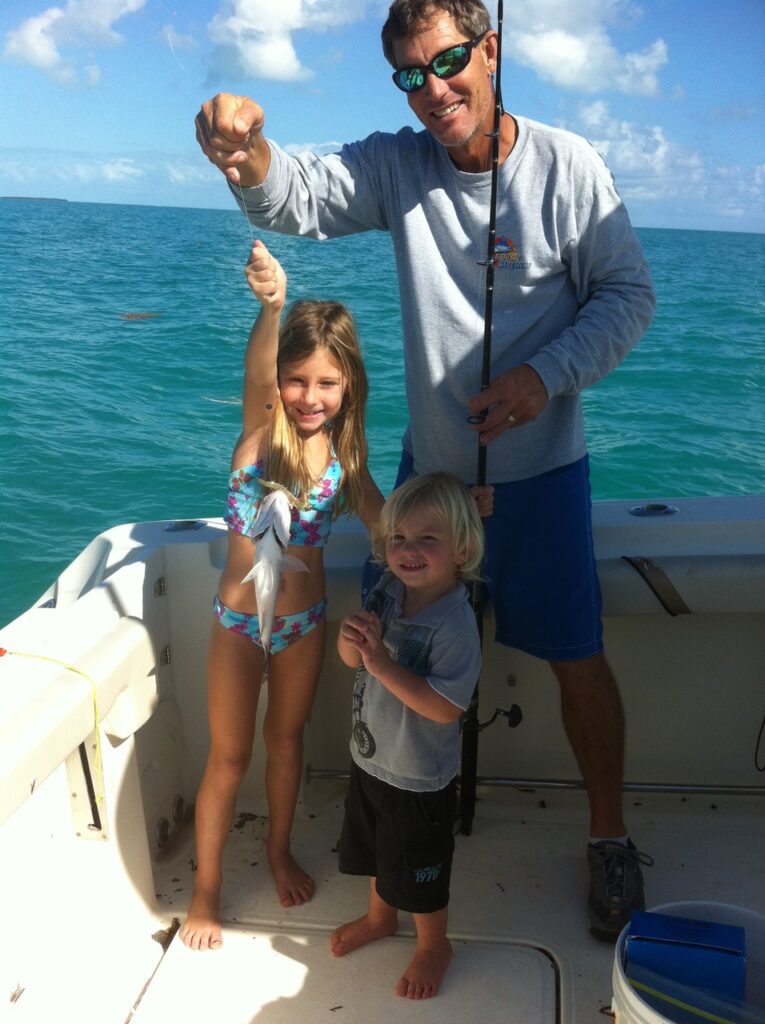
A Thought On Insurance
Both terrorism and insurance sell fear—and business is business,” says writer Liam McCurry.
No matter what your take on the subject is, your insurance coverage is something you just cannot avoid and will be a major component in establishing your overhead costs.
With terms such as agreed hull value, actual cash value, liability, consequential damage, force majeure, broad cruising, salvage, fuel and oil spills, and the often overlooked latent defect clause, among a host of others, you need to make sure you understand everything in your current policy, or one that you are considering, to make sure you have proper coverage for all events. And remember this: the possibility of an incident occurring while on the water is far more threatening than on land and is where, as one old salt once warned me, you can’t get out and change a flat tire. Whether you run a six-pack or have a COI, all lives onboard, and your investment, are at the helm.
Carta Caveat Emptor
For those of you who have forgotten your high school Latin, or, more likely, never took it, the loose translation is “Fishing Charter Buyer Beware.”
What that alludes to is this: should you be out fishing and enjoying your day, and you just happen to be close to a state line and cross it, your captain may very well have taken all aboard into a bit of troubled waters. You see, there are regulations against such activities that, given today’s attitude towards maintaining a sustainable fishery in many geographical areas, are being strictly adhered to and enforced.
NOAA’s Office of Law Enforcement considers this a high-priority situation and is continually monitoring for any violations of local, state and federal laws. These may include, among others, federal permits and legal charters, especially the charter/headboat operations for reef fish and coastal migratory pelagics in the Gulf of Mexico and the southeast Atlantic Ocean.
At the very least you should check whether your captain has a proper and valid license, possesses the necessary permits for federal waters, and has, as every boat should have, a safety plan and necessary equipment.
Some helpful websites include:
- fisheries.noaa.gov/feature-story/make-sure-your-charter-fishing-trip-legal-and-sustainable
- stellwagenbank.org/charter-boat-regulation-check
- myfwc.com/license/commercial/saltwater/charter
- rechargecolorado.org/florida-charter-fishing
- florida-keys-vacation.com/Florida-Fishing
As there are specific regulations for each coastal state, you may want to check in with yours before booking your day out.
Don’t Forget to Check Out Our Sportfishing Job Board! Did You Know? It’s the perfect platform for seeking skilled captains and mates. Whether you’re on the hunt for your dream team or looking to join one, your next big adventure begins here. Explore the opportunities now! Click Here
Dive Deeper into the World of Sportfishing
Unlock Exclusive Savings: Enjoy 50% Off Your Subscription!
Are you ready to explore the thrilling world of sportfishing from the comfort of your home? Subscribe now and embark on a journey filled with captivating stories, expert insights, and insider tips. Choose between our digital or print edition and secure an incredible 50% discount on your subscription.
Subscribe today and get ready for an adventure like no other. Click here to subscribe and elevate your sportfishing experience with InTheBite Sportfishing Magazine.







